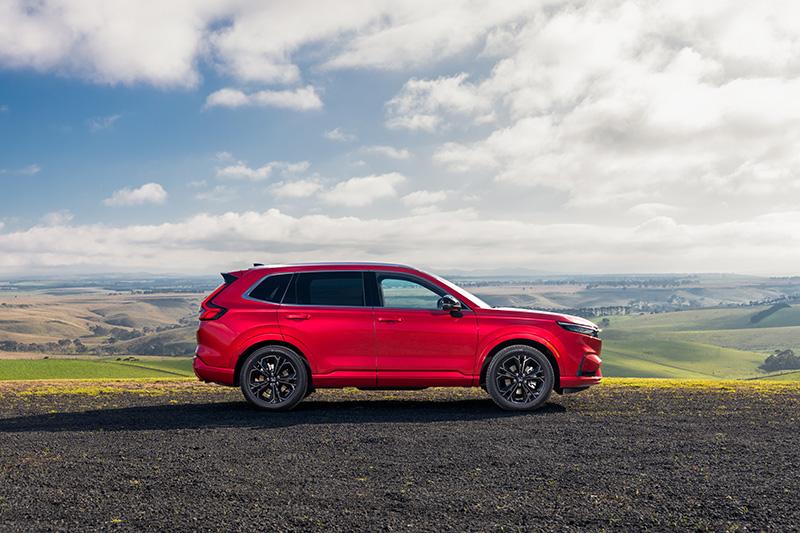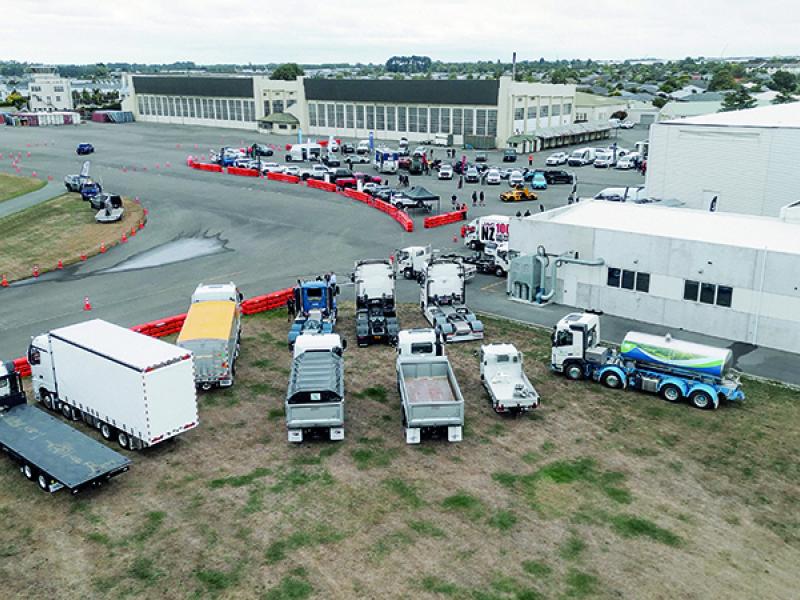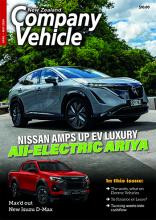Honda New Zealand is justifiably excited by the launch of the sixth generation of its halo product, the CR-V, which is arguably the top-selling model in the brand’s lineup.
That’s not just here in New Zealand either, around the world the Honda CR-V ranks as one of the top-selling SUVs on the world stage, highly regarded for its reliability, appointment, exacting build quality and technology.
The CR-V has proven to be something of a showcase platform for Honda, although the sixth generation seems to be the showcase of previously trialled tech in other models. A good example is what could be considered a highlight of the interior design.
For the sixth generation CR-V, Honda has adopted the clever combination of big buttons and digital control mechanisms along with the integration of the cockpit spanning honeycomb ventilation outlets as seen in the current model Civic.
Bringing together all that is good of recent other Honda models is a little bit of a shift from the CR-V’s early days of pioneering its segment.
Since its build debut in 1995, the CR-V was breaking moulds using chassis and suspension similar to the Honda shuttle, that is; a combination of unibody chassis and fully independent suspension and a unique-to-CR-V two-litre engine.
CR-V’s history is peppered with the consistent development of one generation, one facelift and accordingly, the improvements have been somewhat subtle in nature, the one significant exception being the adoption of a 1.5-litre turbocharged petrol engine in the fifth generation.
Before this, two-litre and 2.4-litre powerplants powered Honda’s Comfortable – or Compact – Recreational Vehicle.
The introduction of a 1.5-litre, even with a turbocharger, for a vehicle which has grown substantially as the sixth generation CR-V has proven the point that Honda is looking to play its part when it comes to more efficient motoring.
This year’s release of the new Jazz and the most recent release of the ZR-V – which slots in below the CR-V – with their e:HEV electric motor powerplants underscores this, so it comes as no surprise that the new generation CR-V would be equipped accordingly.
As such, Honda has introduced the CR-V with the choice of a 1.5-litre turbo VTEC engine for the seven-seat, 2WD model, the same 1.5T VTEC for the five-seat AWD version and a two-litre, four-cylinder e:HEV powerplant for the RS variants.
The two-motor hybrid is certainly the hero model in terms of handling and performance.
The sixth generation CR-V extends the model’s physical footprint, being longer and wider, which also increases interior space and therefore, comfort levels.
This is best demonstrated in rear seat occupant accommodations. The rear seats gain 16mm in legroom and are also reclinable by an additional 10.5 degrees giving the rear seats a total of 32 degrees and eight positions of reclining.
Bigger door openings – another benefit of a lengthened body – add to the CR-V’s loading capacity for passengers or cargo. The rear seat slide function can be used for increasing cargo storage and, along with the new, one-action “tip” forward function of the second row, allows for easy access to the third row.
Safety has also been upgraded, with the latest Honda Sensing safety suite being a core consideration.
Honda has added torso airbags to complement the rear curtain airbags and Honda has also significantly improved the Advanced Compatibility Engineering body design structure which absorbs and disperses collision energy.
Speaking to the drive improvements, the sixth generation CR-V sees an upgrade to the AWD systems which now can split drive torque 50/50 between the front and rear wheels and 60/40 according to the driving situation.
Suspension is keyed towards the softer side, but this is in keeping with the CR-V’s existing reputation for comfort, something of a godsend considering the battlefield conditions of New Zealand’s state highways.
Body roll has always been something of an Achilles Heel for the CR-V, though both the extended length and width of the sixth generation have gone a long way to mitigate this.
Finally, a whole host of quality-of-life improvements have been implemented on the all-new CR-V which we have come to know across most of the existing Honda line-up. This includes wireless Apple CarPlay/ Android Auto viewed on a nine-inch TFT display, wireless charging, leather-appointed seats and many more all as standard across the range.
This does bring the CR-V back to the point-and-shoot roots of the model which pioneered the medium SUV segment but the improvements over the years have contributed to the more refined and sophisticated appeal of a hero SUV which continues confidently into the bright future for Honda.






